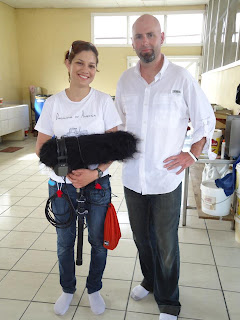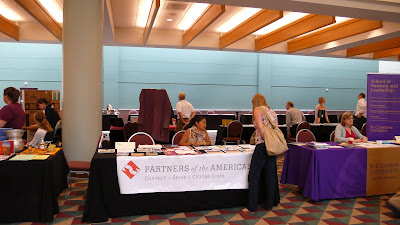Photos Detail Volunteer's Activities

Long-time rabbit producer, proud to receive new training and cages Toward the end of his visit to Haiti, Alabama volunteer Robert Spencer sent more photos for the blog. The photos tell the story of his activities in the field. In addition, he also visited the Deli Market and Mega Market - supermarket chains in Port-au-Prince - together with Ministry of Agriculture and Makouti representatives to discuss the opportunity of supplying quality meat to these stores. Finally, the team conducted trainings at the Ministry's rabbitry for the newly-created Western Producers' Rabbit Network on topics such as nutrient and health value of rabbit meat, its culinary appeal and various recipes, and best management practices for commercial meat processing. The network was represented by producers from 7 locations. Trainee's view of Robert's lesson in food safety in meat processing Anderson Pierre instructs on nest boxes, used to house young Trained producers received






